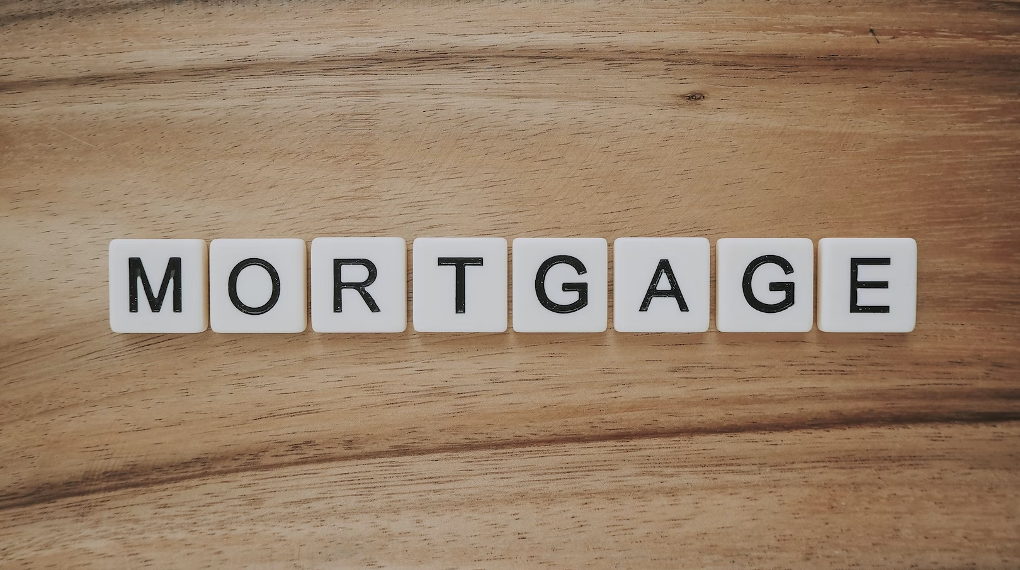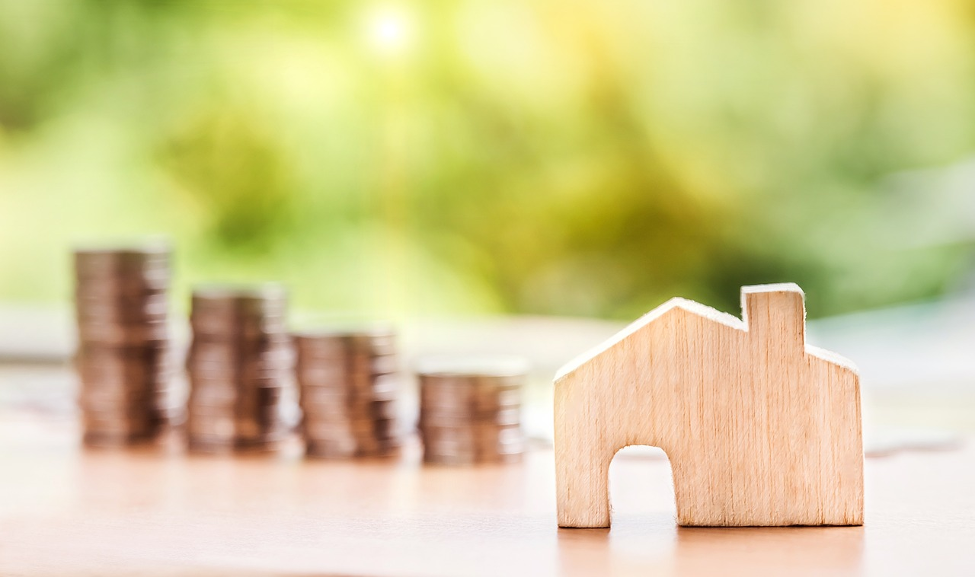If you just bought a house and have a mortgage loan, refinancing could help save you hundreds of dollars in interest over the life of the new loan. Refinancing is the process of replacing your current debt with a loan that offers better terms and features, such as lower rates, longer repayment terms or improved repayment options.
Young People Are Refinancing
Young people are turning to refinancing for various reasons, such as getting lower rates, consolidating debt or cashing out their equity. According to RateCity’s survey, they may also be drawn by the prospect of saving thousands in annual interest costs.
According to a survey, the primary motivation for refinancing mortgages among millennials and Gen Zers is to get a better interest rate. Refinancing, or refinansiering av forbrukslån, can reduce monthly payments and shorten repayment timeframes. You could also use these savings for paying down student loans or investing in something else.
Another key reason young people are refinancing their mortgages is to save for the future. This could involve saving for a down payment on their first home, investing in an emergency fund or purchasing another vehicle.
Thankfully, the recession has presented millions of consumers with good credit a unique chance to refinance their homes and cars. It is essential that this trend continues, particularly among young Americans in their prime who face significant debt burdens.
One way this can be accomplished is by taking advantage of today’s lower student loan interest rates by refinancing these loans to conventional loans. As a result, more borrowers will be able to pay off their debt faster and begin saving for the future.

They Want Lower Rates
Refinancing a mortgage can be beneficial in the long run, especially if you’re new loan offers you a lower interest rate. Refinancing allows for access to equity in your home which could be used for home improvements or funding a child’s education.
In these times of economic uncertainty, many homeowners are searching for ways to reduce their monthly payments or save money in the long run. This could include cutting mortgage rates or extending loan terms so they have more time to pay off debt. Refinancing also gives homeowners the option of switching from variable-rate mortgages to fixed-rate ones.
When refinancing, your lender will inquire about your income and assets, credit score, other debts and the value of your home. They will determine your eligibility for the loan based on these elements as well as any current loan balance and desired new mortgage amount.
Refinancing is usually done to obtain a lower interest rate. For instance, even just 1% reduction can save you money on your mortgage – however, how much savings you realize depends on individual circumstances and whether the monthly savings make refinancing worthwhile.
Refinancing can offer several advantages, but it’s best to select a plan that meets your individual needs and financial goals. Be sure to compare offers carefully and read any fees or prepayment penalties before signing on the dotted line. Refinancing can be an extensive undertaking that could significantly impact your finances, so ensure you’re getting the most for your money.
It’s wise to shop around for a loan term that will save you the most money in the long run. Refinancing into a shorter-term mortgage may be especially advantageous for homeowners who still have several years until they pay off their homes.
Your new loan’s interest rate will be determined by a variety of factors, including your credit history, income and more. Therefore, it’s essential that you have an excellent credit score before applying for refinancing.
Refinancing your mortgage is not available if you are part of a federal loan program such as the federal housing program or Federal Direct Loan Program that offers payment and emergency options. These initiatives are created to aid individuals with various financial hardships.
They Want to Consolidate Debt
People facing debt often seek ways to make it easier to manage. One solution is consolidating their obligations into one loan with a lower interest rate; this could save money over time, boost their credit score and allow them to pay off revolving balances faster.
Refinancing your current mortgage, car loan or student loan is another popular solution for debt consolidation. This allows you to replace your current loans with ones with lower interest rates and longer repayment periods.
Debt consolidation refinancing can also provide you with the option to access the equity in your home and get cash out for a down payment on a new vehicle, pay off student loans or cover other needs like medical bills. Nonetheless, you need enough home equity in order to qualify for this type of refinance.
Consolidating your debt can simplify monthly payments and lower the likelihood of late fees, but it won’t necessarily solve the underlying financial issues that caused it.
If you’re thinking about debt consolidation, it’s wise to weigh your immediate needs against long-term objectives. Generally, the most efficient way to handle your debt is by paying off high-interest rate loans first.
Once your debts are reduced, focus on building an emergency savings fund to cover unexpected expenses. When you feel confident that you have enough money to cover unexpected costs, you will be less likely to get into further debt.
Some may opt for a secured debt consolidation loan, which requires them to pledge their assets as collateral in order to qualify. Although this poses more risk for the lender, it could still be worth considering if you require extra money.
If you decide to use a secured debt consolidation loan, do your due diligence and only deal with companies who can be trusted. This is especially pertinent if the debts are large or complex such as high-interest credit card balances or mortgages.

They Want to Cash Out Their Equity
A cash-out refinance loan is an ideal solution for homeowners in need of extra funds. This financial tool permits you to borrow up to 80% of the equity in your home without having to sell it, enabling you to cover major expenses such as paying off debt, purchasing a vehicle or renovating your kitchen. Depending on how much equity you have and the interest rate offered, this could cover expenses like paying off debt, purchasing a vehicle or renovating.
According to Freddie Mac’s survey in the third quarter of 2018, more than 80% of borrowers who refinanced chose a cash-out refinance, taking advantage of $14.6 billion in equity from their homes. It can be an excellent way to maximize your home’s value and make money at the same time, provided you do it correctly.
To qualify for a cash-out refinance, you’ll need at least 20% equity in your home. Good credit and an emergency fund should be present since this loan will be taken against the value of your house to pay off debt.
Before making any final decisions, you should carefully weigh all available options. For instance, you might want to look into a home equity line of credit (HELOC) as an alternative to traditional cash-out refinance loans which are much more common for younger or first-time borrowers.
If you decide to pursue a cash-out refinance, be sure to compare lenders in order to find one that best meets your financial goals. This can be done by reviewing your credit score, income, assets and debt. Search around for loans with lower interest rates or longer repayment terms so as to maximize potential advantages.
Receiving a cash-out refinance loan is an incredibly straightforward process. It works much like applying for a regular mortgage, with you providing information about your home and the amount of equity you wish to access.
Cash-out refinancing offers you the benefit of unlimited use for the funds – from remodeling your kitchen to investing in retirement. However, be mindful of potential pitfalls involved with taking out large loans from your home equity.




